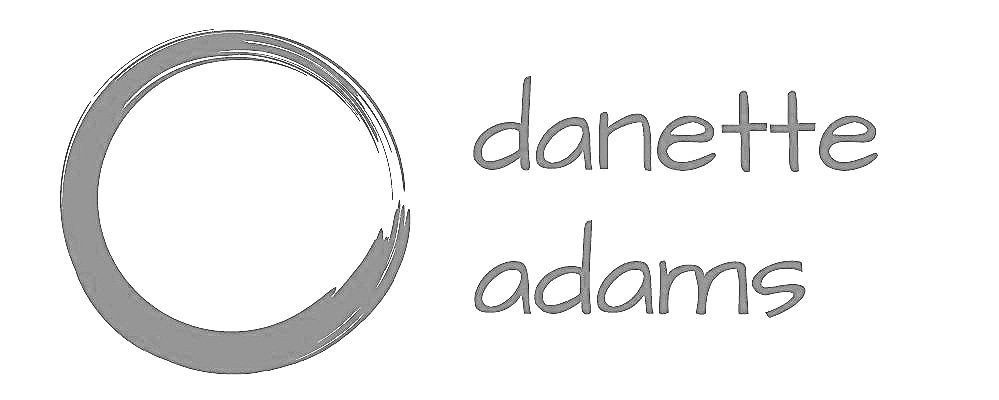rewiring thought patterns - hidden beliefs exposed (part 4)
Once upon a time, it was believed that our brains were wired by our early experiences as young children and then hard-wired by the time we reached early adulthood. We bought into this with our exclamations of:
“I can’t help it, that’s the way I was born.“
“I’ve always been this way.”
“You can’t teach an old dog new tricks.”
Neuroscience research has now discovered that our brains are much more adaptive than that. Based on new experiences, the brain can create new neural pathways and revise current, outdated ones that are no longer useful. The discovery has come from the study of the brain’s plasticity or neuroplasticity.
This not some “We can rebuild him. We have the technology” cyborg science like the Six Million Dollar Man show from the 70’s. And it is not magic. And it’s most certainly not the power of positive thinking that allows our brains to change and adapt.
With the discovery of the brain’s adaptability and a commitment to self-awareness, you can actually re-wire a thought pattern that is no longer useful for you into one that is more beneficial. New experiences can be elegantly integrated while old patterns are woven out of commission.
Rewiring Process
SET THE INTENTION
Get crystal clear on your intention to re-set an unhealthy thought pattern. Clarity is key. Cloudy intentions lead to cloudy results.
TAKE TIME TO PAUSE
Meditation. Take intentional tech-fasts. Take deep breath breaks. Courageously notice unhelpful thought patterns.
PROCESS FOR REWIRING
Name the thought
Name distorted thought pattern(s) from part two of this series
Consider how and when it became anchored
Name the underlying belief
Sit with the emotions that are tied to the belief
Write out the worst-case scenario if belief didn’t change
Challenge the belief with reason, evidence and support
Consider what the new belief would need to be
Visualize new belief and write out the best-case scenario
Verbalize – repeat the new belief to rewire it into your belief system
Does this seem like too much work?
It is work.
Unremarkable hard work.
But consider the impact of NOT doing this work.
Unexamined thoughts mean unconscious beliefs run the show.
Sample process:
Start small. Take a less significant pattern to put through the process.
Thought: “I must finish this book I started reading even though I’m not enjoying it.”
Distorted Thought: Is an “all or nothing”distorted thought pattern feeding this thought? Do I have a ‘black and white’ rule about this? Dig deeper.
Underlying Belief: Is there an underlying belief that good, strong, responsible people finish what they start? Is there a belief that finishing something is proof of my worth?
Anchor: Is there a childhood root in not being able to move onto something new until the first thing is finished? Was I taught that?
Emotions: Is there any shame attached to being “mature enough” to finish what I started? Was there significant adult pressure in childhood to finish things?
Worst-Case Scenario: What’s the worst-case scenario if I am compelled to finish everything I start without reasonable consideration of its current benefit to me?
Challenge the Belief: Now, as an adult, is it reasonable for me to finish reading this book? Do I have a valid reason to finish or it is simply because it is the way I was wired as a child? It was absolutely helpful for me to learn responsibility as a child but now, as an already responsible adult, can I choose to start and finish things for a valid reason for me now?
New Belief: As soon as I notice myself acting out of compulsion to finish something, I will re-evaluate the “why” of doing so. If it based on old, no longer useful pattern then I will begin the re-wiring by choosing a new response that I will verbalize.
Visualize: I see myself making choices for me now, not for the much younger me who first created this thought pattern.
Verbalize: “I am free to choose and am responsible for my choice. There is no “must” or compulsion to do so”.
Making Evaluation a Habit
1. Start small. Big things happen when you start with little things.
2. Keep a record. Recording the process creates a new anchor in the present.
3. Start today. It is easier to change a pattern today than it will be next year.
4. Be reasonable. Patterns have taken a lifetime to make and take time to re-wire.
5. Be grateful. Life is full of abundance and hope. Notice the positive!


